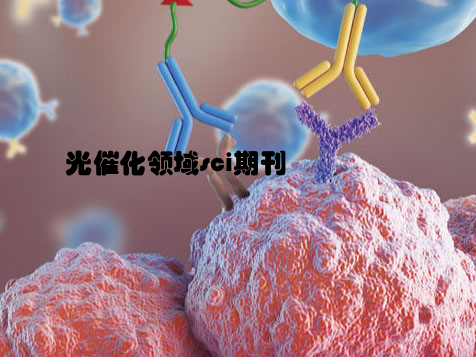Journal of Materials Chemistry A: Advances in Photocatalytic Water Splitting for Sustainable Energy Production
The development of efficient and sustainable energy production has become a global priority in the face of environmental challenges. One promising approach is through the use of photocatalysis, a process that harnesses light to drive chemical reactions. In particular, photocatalytic water splitting has attracted significant attention as a means to produce clean hydrogen fuel from water. This article reviews recent advances in the development of photocatalysts for efficient water splitting and their potential for sustainable energy production.

The Role of Photocatalysts in Water Splitting
Photocatalysts play a crucial role in the process of water splitting, as they are responsible for absorbing light energy and using it to drive the oxidation of water into oxygen and the reduction of protons into hydrogen. The design and engineering of efficient photocatalysts is therefore essential for the success of this process. Researchers have focused on the development of novel materials and strategies to enhance the efficiency and stability of photocatalysts, with the aim of making water splitting a commercially viable method for hydrogen production.
Advances in Photocatalyst Materials
Recent research has witnessed significant progress in the development of advanced photocatalyst materials. These include semiconducting metal oxides, metal sulfides, and carbon-based materials. Strategies such as doping, nanostructuring, and surface modification have been employed to enhance the light absorption, charge separation, and surface reactivity of photocatalysts. Additionally, the use of co-catalysts, such as noble metals or metal complexes, has been explored to facilitate the reaction kinetics and improve the overall efficiency of water splitting. These advances bring us closer to realizing the practical application of photocatalytic water splitting for sustainable hydrogen production.
Challenges and Future Perspectives
Despite the significant progress in the field of photocatalytic water splitting, several challenges remain to be addressed. These include improving the long-term stability of photocatalysts, reducing the reliance on rare and expensive materials, and optimizing the overall efficiency of the water splitting process. Furthermore, the integration of photocatalytic systems with existing energy infrastructure presents its own set of challenges. Nevertheless, the potential of photocatalytic water splitting as a clean and sustainable method for hydrogen production offers promising implications for the future of renewable energy.
In conclusion, the development of efficient photocatalysts for water splitting has made significant strides, bringing us closer to realizing the potential of sustainable hydrogen production. Continued research and innovation in this field are crucial for addressing the remaining challenges and unlocking the full potential of photocatalytic water splitting as a viable and environmentally friendly energy production method.



